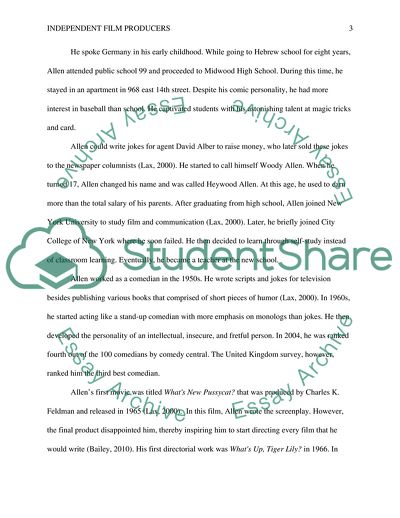Cite this document
(Independent Film Producers Report Example | Topics and Well Written Essays - 2500 words, n.d.)
Independent Film Producers Report Example | Topics and Well Written Essays - 2500 words. https://studentshare.org/visual-arts-film-studies/1880554-essay-of-three-independent-film-producers
Independent Film Producers Report Example | Topics and Well Written Essays - 2500 words. https://studentshare.org/visual-arts-film-studies/1880554-essay-of-three-independent-film-producers
(Independent Film Producers Report Example | Topics and Well Written Essays - 2500 Words)
Independent Film Producers Report Example | Topics and Well Written Essays - 2500 Words. https://studentshare.org/visual-arts-film-studies/1880554-essay-of-three-independent-film-producers.
Independent Film Producers Report Example | Topics and Well Written Essays - 2500 Words. https://studentshare.org/visual-arts-film-studies/1880554-essay-of-three-independent-film-producers.
“Independent Film Producers Report Example | Topics and Well Written Essays - 2500 Words”. https://studentshare.org/visual-arts-film-studies/1880554-essay-of-three-independent-film-producers.


